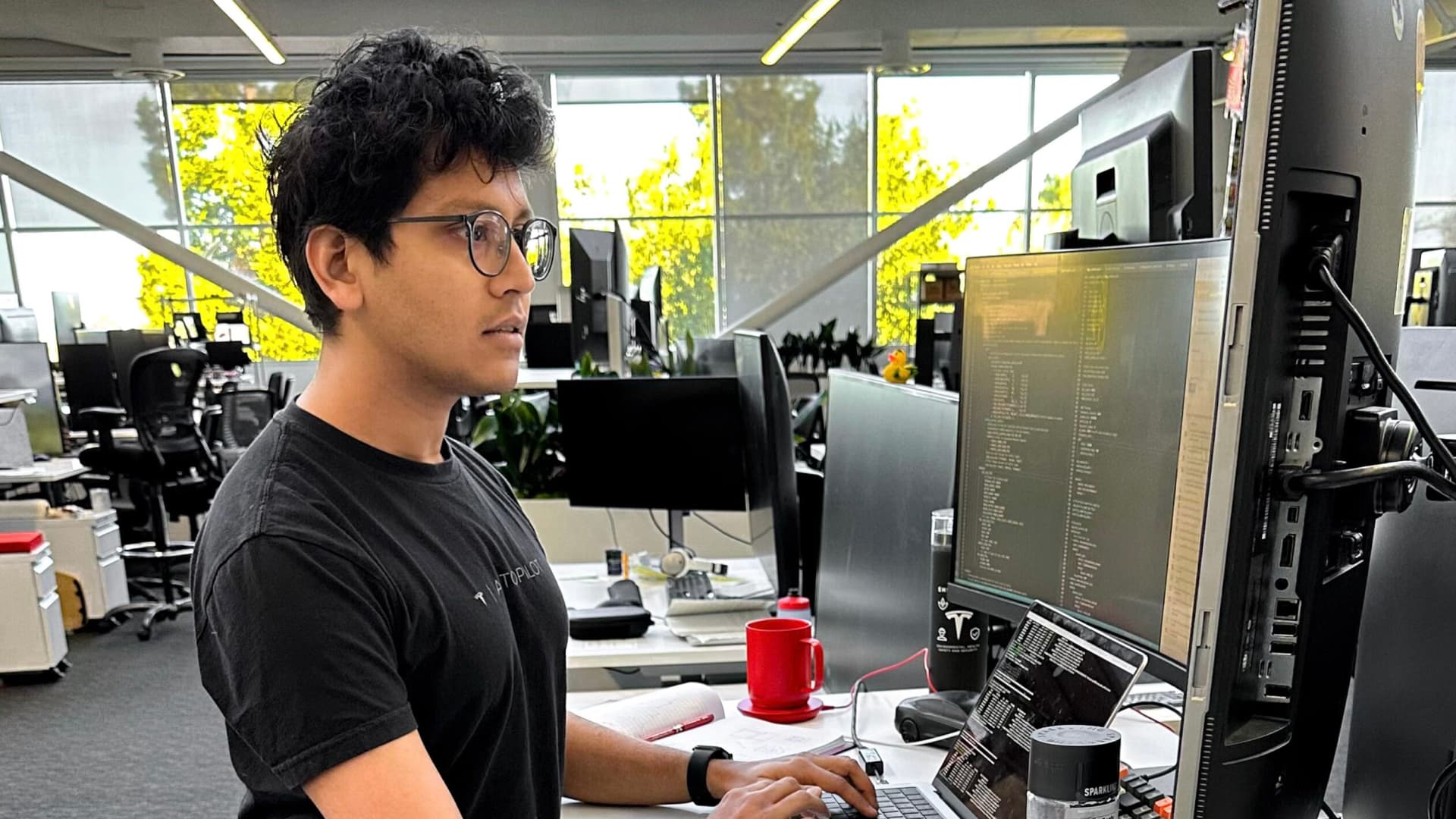powertoold
Active Member
I got a few questions:
1. Why FSD Beta tries to stay on the passing lane all the time blocking faster cars?
2. Why FSD Beta tries to stay too close to the curb on either side?
This will all be fixed in V12! Without any baked in heuristics, V12 will automagically choose the best lanes to be in, better than any manually programmed logic



